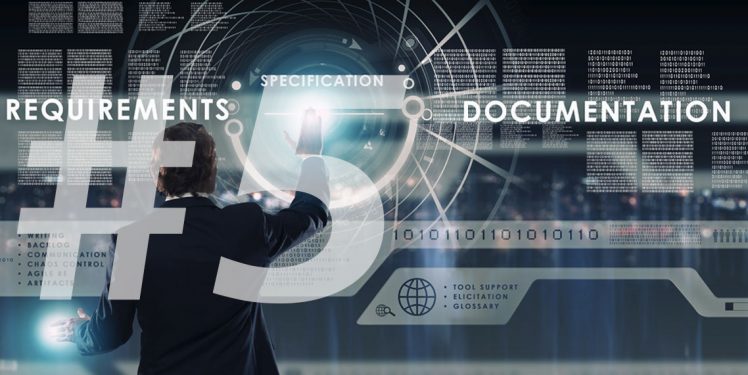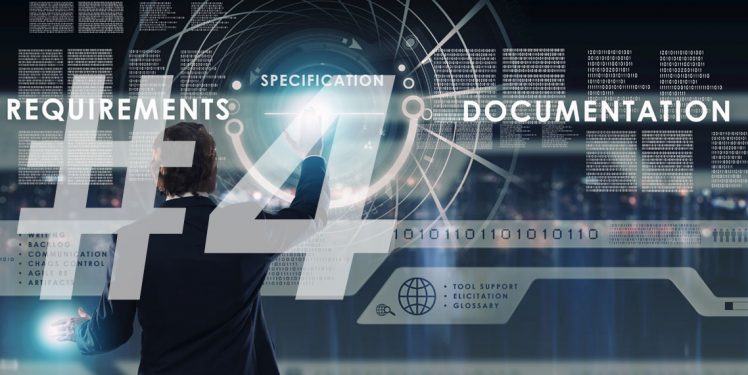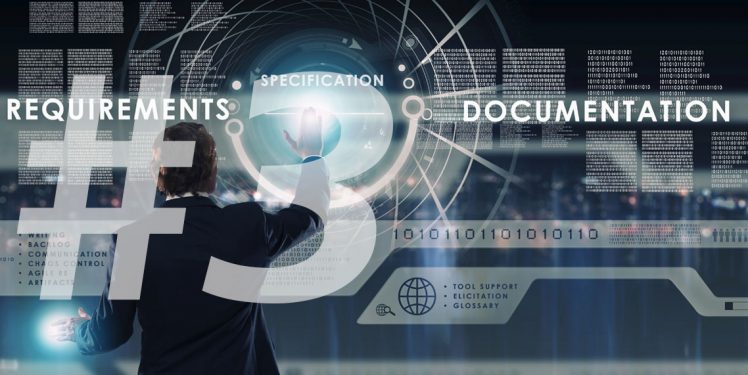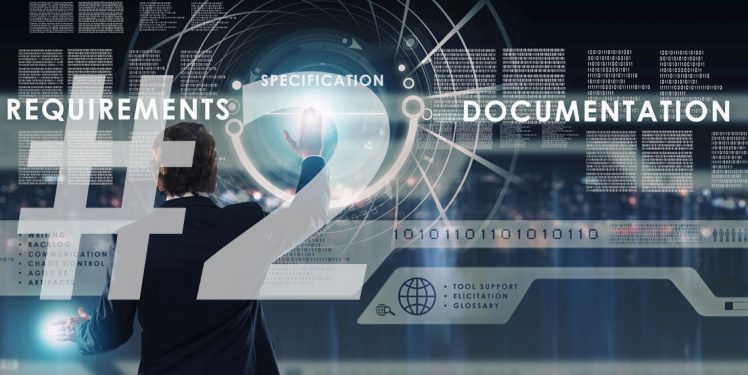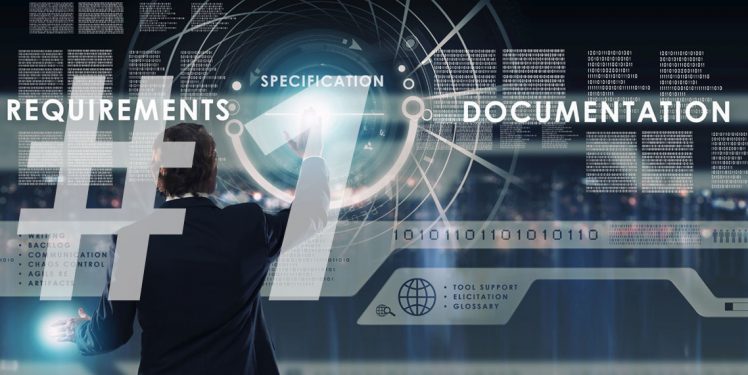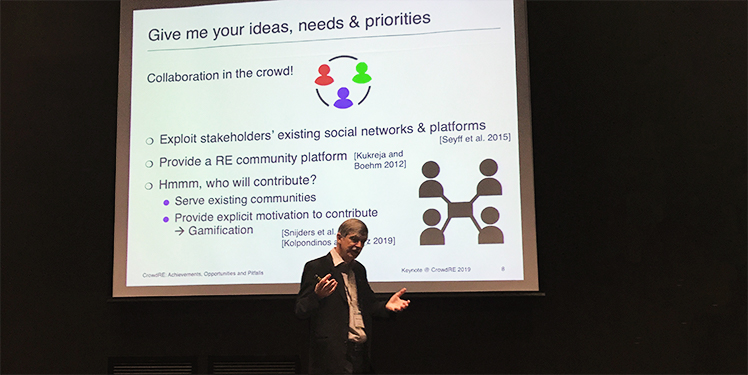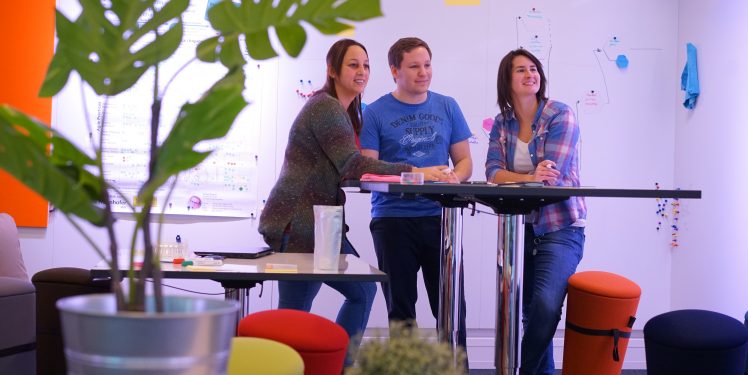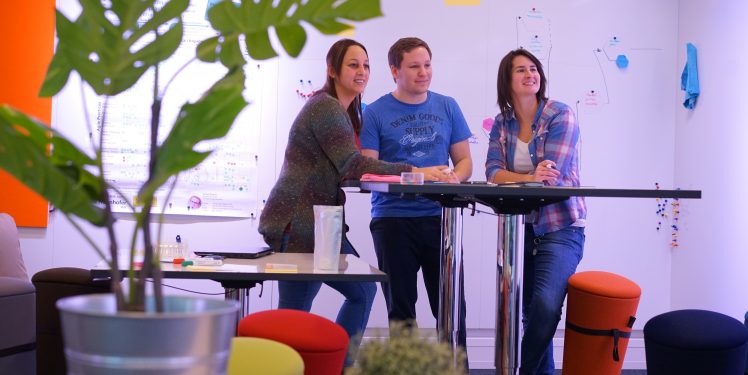Anforderungsdokumentation (5/5): Welche Art von Werkzeugen benötige ich für die Anforderungsdokumentation?
Dieser Artikel ist der letzte in einer fünfteiligen Reihe von Blog-Artikeln des Fraunhofer IESE, welche sich mit Anforderungsdokumentation beschäftigt. Gilt die Dokumentation von Anforderungen in klassischen Projekten als Standard, wird sie in agilen Kontexten eher gemieden, da sie als unangemessener…

